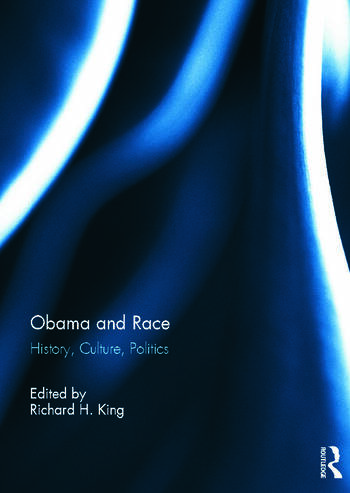A problem that consistently confronts racist law makers in the question of defining who is “Negro” and who is “white.”Posted in Excerpts/Quotes on 2012-07-17 05:02Z by Steven |
A problem that consistently confronts racist law makers in the question of defining who is “Negro” and who is “white.” In general, two schools of “thought” prevail is the United States on this issue. In about nine states a Negro is anyone who had a grandparent who was a Negro. The laws generally define such a person as “having one-eighth or more Negro blood” or as an “octoroon.” The other definition of Negro is used in at least six states: a Negro is any person who has “any trace of Negro blood.” The circularity of these statements does not seem to trouble the opponents of miscegenation.
Virginia provides an interesting example of racist legal gymnastics. Whites in that state can marry neither Negroes nor American Indians. In Virginia, a Negro is a person who has any Negro ancestor, and an American Indian is a person who had at least one Indian grandparent. If someone has one-sixteenth or less “Indian blood” then he is a white. But Virginia still hasn’t decided what you are if you have one-eighth Indian heritage, i.e. one of your great-grandparents was an Indian. Furthermore, if a man is an inhabitant of an Indian tribal reservation and has at least one Indian grandparent and less than one-sixteenth “Negro blood,” then despite the state’s definition of a Negro he may be regarded as an Indian on the reservation. Once he leaves the reservation, however, he undergoes a legal metamorphosis and becomes a Negro. Of course he can then move to Mississippi, where the “octoroon” requirement prevails, and thus become a Caucasian.
Oklahoma courts have decided that American Indians are “white” and therefore may not marry “any person of African descent.” In Alabama, however, Indians are mulattoes, according to the courts, and therefore cannot marry whites. Filipinos in Louisiana must be able to prove that they are “not basically negroid” before they can marry whites. Indiana courts have revealed that “all Mexicans are not white persons and some of them are negroes,” and therefore non-Negro Mexicans can marry either Negroes or whites.
Peter Cumminos, “Race, Marriage, and Law,” The Harvard Crimson, December 17, 1963. http://www.thecrimson.com/article/1963/12/17/race-marriage-and-law-pamerican-racism/


